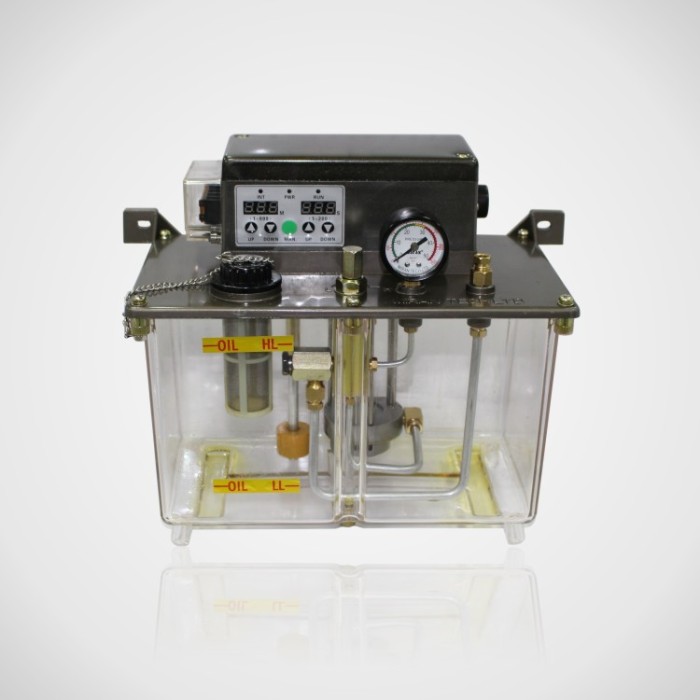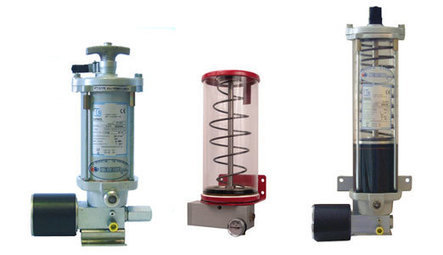Mountain bikes often need maintenance, which is why you should get yours well lubricated with oil for at least once a day in advance to avoid and damage. However, if your bike still causes problems such as the irritating and unwanted noise of chains and shockers or hard shifting of the gears, then it is surely the time to use oil lubricators to lube your bike.

Below are the certain ways to lubricate your bike:
Chain
Move the pedals and pour lots of oil lubricator on the chain of your bike while doing that. Also, during the chain lubrication, closely examine the chain and see whether the chain is good or needs replacement.
Front Derailleur
Put some of the mountain bike lubricators on the pivots, and then move the shift lever slowly and apply the lubricators wherever needed.
Rear Derailleur
To lubricate the rear derailleur, follow the same procedure as on front derailleur.
Pedal
Clipless pedals often need lubrication. If your cycle has the same pedals, apply the lubricants at least twice a day to keep them moving.
After-procedure
Once you have applied oil lubricators on each part of your bike, run the bike around your courtyard or backyard, shift the gears down and up and make it jump around the place to see if any of the parts is making a squeak or any other sound. If you find any part of the bike making such sounds, lubricate it again.
After checking your bike thoroughly, take a piece of cloth and wipe your bike and all of its parts gently.


